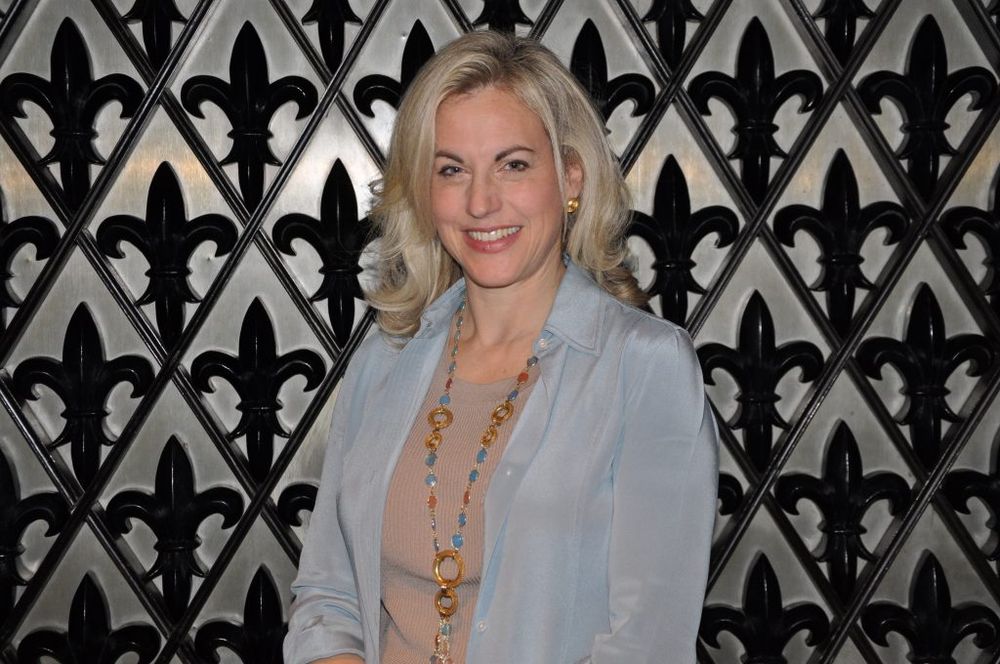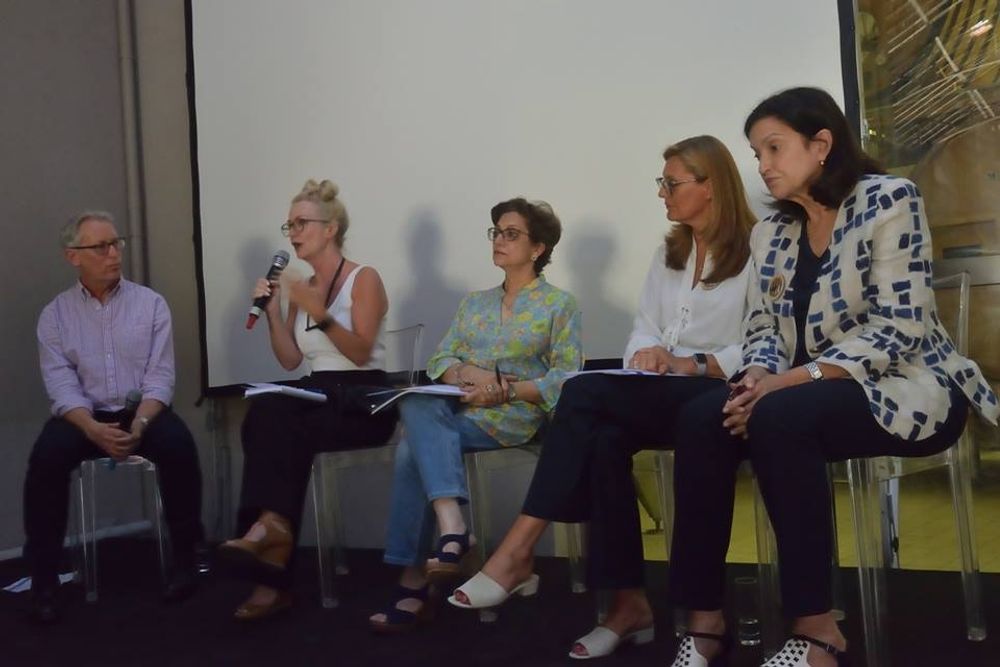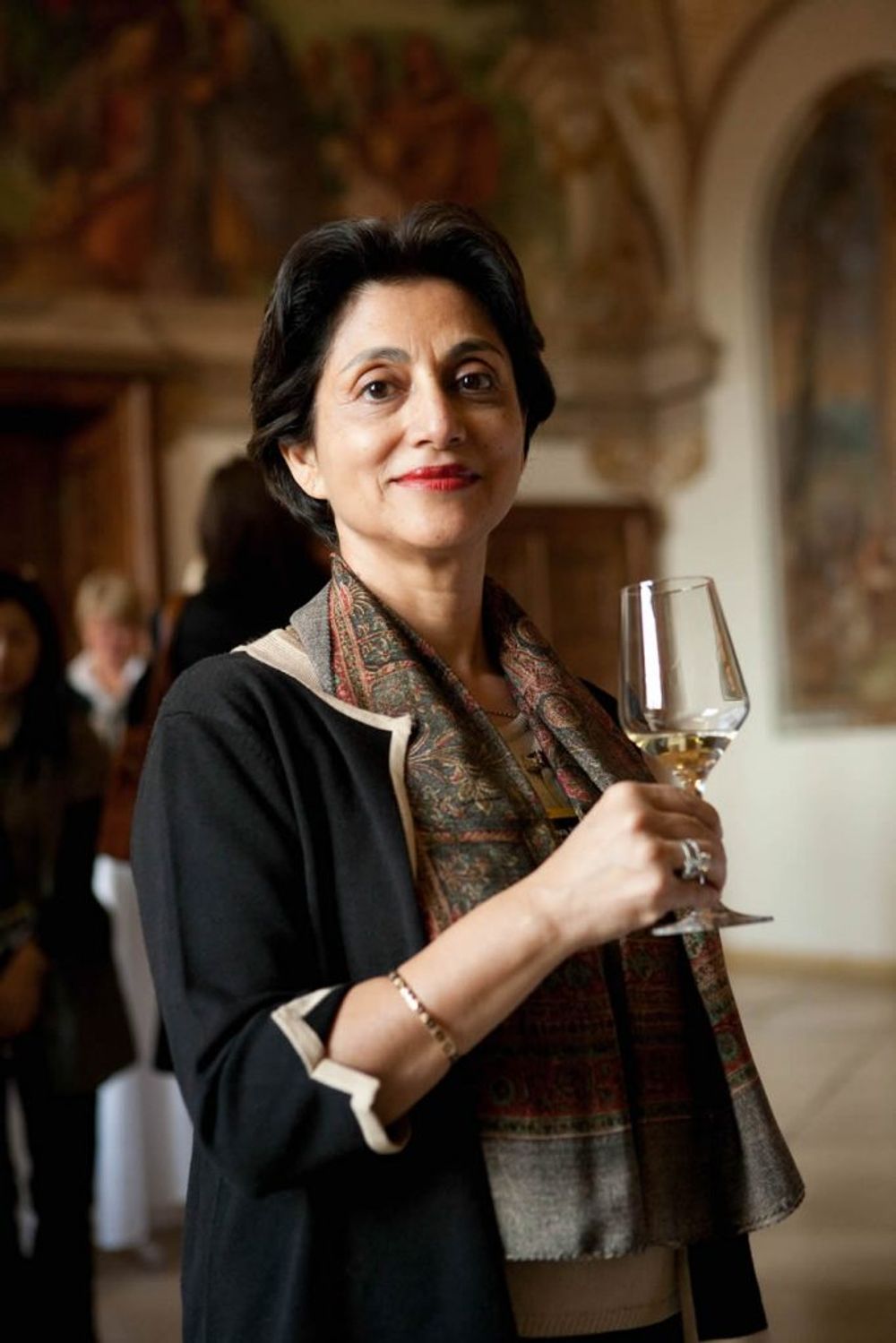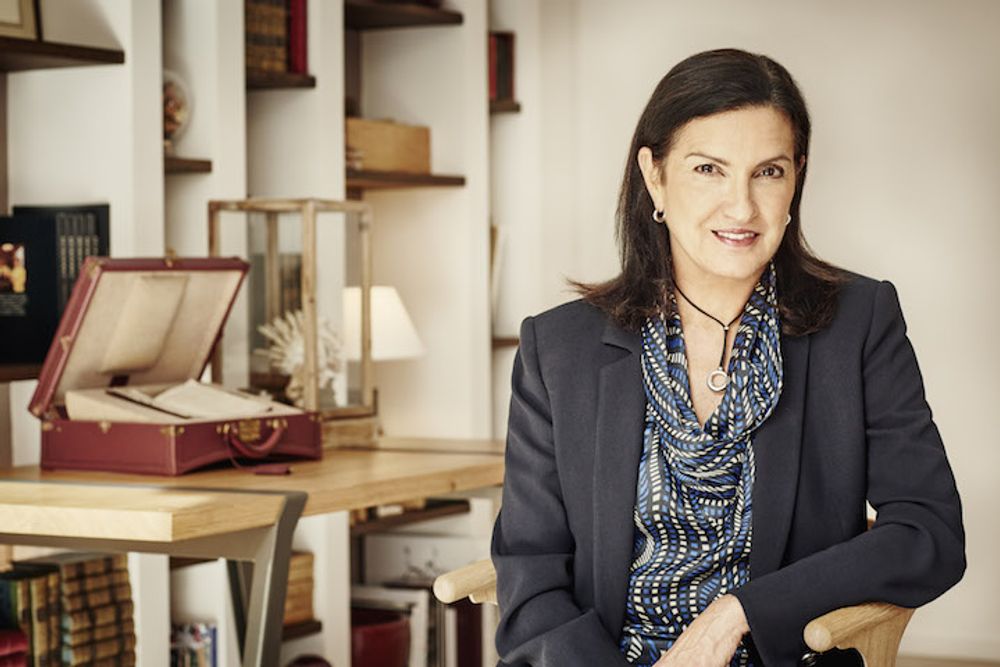It was the infamous line from ‘Withnail and I’ when the challenge was set to find the “finest wines available to to humanity”. But if even one could, what would you have that in that list. What exactly is a fine wine, asks Cathy Huyghe.
How can we interest more people in fine wine? How can we interest people who didn’t grow up in a household with wine in their lives? How can we engage people who aren’t wealthy, and for whom the historic benchmark bottles that have defined “fine” wine over time are out of reach?
And is there perhaps a greater diversity of wine that can be called “fine”?
This was how Eric Asimov, wine writer for the New York Times, introduced a panel last week called “A New Era: Exploring the Role of Fine Wine Towards a More Inclusive Society.” In his role as moderator, Asimov queued up perfectly what was, for me, the most engaging panel at this year’s Fine Minds 4 Fine Wines (FM4FW) conference, held primarily at AR Lenoble Champagne house in Damery, France.
“Think tanks” in the wine industry are having a moment, from FM4FW to MUST: Fermenting Ideas last month in Portugal, to Harvest Summit in Sonoma in October, to the Bâtonnage Forum in Napa in a few weeks.

Nicole Rolet of Chȇne Bleu is the creative force behind the Fine Minds 4 Fine Wines conference
Striking a match…
Forward-thinking, envelope-pushing organisers work year round to plant the seeds that will start to take root during these conferences. They refine their speaker list. They embrace the provocateurs. They facilitate the brushing together of people and their work that, though the connections and commonalities are not always obvious to the outside observer, hold the potential to strike a match that ignites ideas to shift an industry.
I have been incredibly fortunate over the past two years to join the lineup of speakers at each of these events and to have a front-row seat onto what does happen, onto the matches that light now and those that may do so a little further down the road.
This time, in Champagne, it was the session on inclusion where things were springloaded, a little like the swish of the tail of a large cat that’s about to pounce. Seemingly calm but watchful, with the pent-up potential to leap, and with velocity. The takeaways are inspired by each of the four panelists, who addressed the question of how to make “fine” wine more inclusive worldwide: Eric Asimov of the New York Times, Dr Beverley Skeggs of the London School of Economics, Reva K. Singh of Sommelier India, Valérie Westrelin, of Groupe ISEFAC, and Maggie Henriquez of Krug.

Fines wines under discussion at the Fine Minds 4 Fine Wines conference
Don’t forget the colonies
Dr Beverley Skeggs from the London School of Economics studies how income disparity affects world economies, and how inequality is made in everyday experience. Wine, she explained, is one of those devices of everyday inequality and it functions differently around the world. The distinction of “fine wine” in France, for example, is defined by parameters of culture and taste, whereas in the US the distinction is defined monetarily.
But it was when Skeggs polled her group of 40 fellows, who study inequality around the world, on the question of what fine wine means to them that she was most surprised.
“I’m still shocked by their responses,” she said. She expected them talk about gender, which is always an issue in terms of inequality and representation. She also expected them to talk about class, since fine wine is a device that creates that distinction.
But they didn’t talk about those things. Instead they responded in terms of race.
“Fine wine is whiteness,” she said her fellows told her, “and it’s talked about it in terms of colonial history, across Africa, India and various parts of the world.”
How do we make beautiful quality wine available to people who could afford it, Skeggs asked the audience, but are alienated by it?
Fine wine and taxes in India

Fine wine has died away in India thanks to government taxes says Reva Singh
Reva K. Singh is the editor and publisher of Sommelier India, India’s first and premier magazine dedicated to wine and wine lovers. When wine came into the “blank slate” of India, Singh said, “our palate was being formed by the most beautiful wines in the world.”
Unfortunately, that moment was short-lived.
The biggest challenge now isn’t culture or even social convention, Singh said. It’s the government imposition of taxes that multiples the cost of wine some seven times before it reaches the consumer. In hotels, it’s even more.
“Wine became accepted very quickly but because of the taxes, it hasn’t risen,” she said. “If it wasn’t for that one factor, we would grow by leaps and bounds,” not least among the world’s largest millennial population. In India that amounts to some 800 million people.
10 fine wine takeaways
Here we look at the insights on two other factors impacting inclusivity in this category, and turn to two other panelists from that session, Margaret Henriquez, president and chief executive of Krug, and Valérie Westrelin of Groupe ISEFAC. Though the factors they discussed are distinct – age and gender – those factors share quite a lot of dynamic overlap, much of it having to do with the way the industry communicates about wine. It makes sense, I think, to speak of the two factors in tandem and as interactive, complementary variables.

Krug’s Margaret Henriquez is well placed to know what defines a fine wine
Here were ten takeaways that Henriquez and Westrelin contributed to the discussion.
- Appropriate language. Does polyphenol speak to someone who’s 18 years old? Does minerality, organoleptic, and astringency make sense for this generation? Those are fundamental questions for Westrelin. The answer is obviously no yet much of the industry continues to communicate in this way. “We need a common language,” she said. “The reality is [that the younger generation is] moving on, and they are moving on very fast.”
- Focus on people and nature. “Young people don’t want to feel they don’t know,” Henriquez said. “We try hard to learn about wine, but young people don’t. It is up to us to change the way we talk about the wines, to bring them in and tell the story of people and to bring nature closer to them.”
- Images, not words. As digital natives, the younger generation’s best friend is the internet, Westrelin said. “When we are using words, they are using images and, even better, videos.” She suggests that, rather than writing lengthy paragraphs describing the history of products, the winery can allude to those centuries of traditions with a few relevant images.
- Forget about the “Right” way. Drinking wine from a Champagne flute is “like going to a concert and listening with ear plugs,” Henriquez said. It isn’t about drinking wine the “right” way, and it isn’t about knowing the “right” way to talk about it. “We’re doing a lot of great things but at the same time we’re harming the future of our business,” she said. “It’s a mistake to tell people how to feel and what to do. What people want to know is about people and their experience.”
- Forget technical language. “We’re looking for a way to communicate about our champagnes in a simpler way,” Henriquez said. “What is the best Champagne? The one you love and gives you pleasure. When we speak about wine in technical language, we push consumers further away from us. They want to feel invited.”
- Communicate knowledge in a relatable way. Choosing wine requires knowledge that young people don’t have, Westrelin said. That’s why they seek information from people they trust (which may very well not be the brand itself), someone who speaks the same language, and someone they can relate to.
- New vocabulary, new wtories. “Storytelling is in fashion,” Henriquez said. “There’s a hero, a problem, a solution. There’s one message, and it isn’t technical.” In addition, Westrelin said that the industry needs to shake the dust off our definition of “fine” wine and instead invent words, grammar and vocabulary that work today.
- Champagne for, and by, women. Henriquez pointed out that most bottles of Champagne are bought around women – by women, for example, and also to celebrate women for birthdays, anniversaries and holidays. That’s why, in her opinion, it’s important is to tell women to come and take positions in the world of Champagne. Just as the younger generation relates to the voice of people from their own generation, women consumers relate to the voice of women making and selling their wines.
- Most Instagram wine posts are by women. Westrelin reported that there are 500 million active users of Instagram, and the majority of them who post about wine are women. Since the platform lends itself to visual storytelling, wine is often used as an asset to relate with other content, such as “epicure,” “gastronomy,” and “intellectual.”
- Vary the message, not the method. The message can be different things – simple and inviting, in Henriquez’ opinion, or vacillating between heritage and modernity, and tradition and disruption, for Westrelin. The one thing the message isn’t, is technical.










































